If you are interested in programs / presentations with these instruments
please contact us directly
Marin Marais and Antoine Forqueray may already have played, improvised and composed on this instrument.
A marvellous seven-string 'Basse de Viole' with 72.5 cm sounding string length ideal in French tuning, A = 392Hz.
The inspiring partner for music of the French Siècle d'Or by Ste Colombe, De Machy, Marais, Couperin, Forqueray, Dolle and contemporaries. Also for the French-colored 'Vermischter Geschmack' by Schenck, Telemann, Bach and Graun.
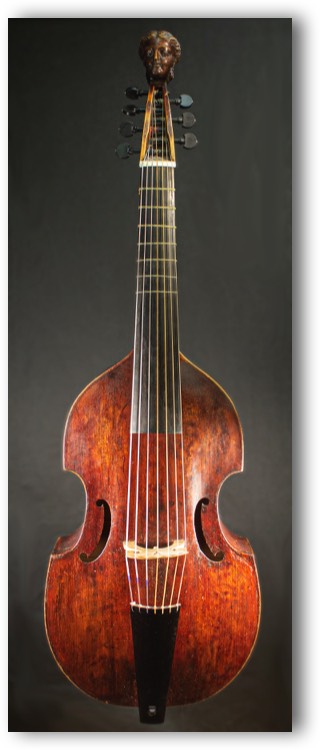
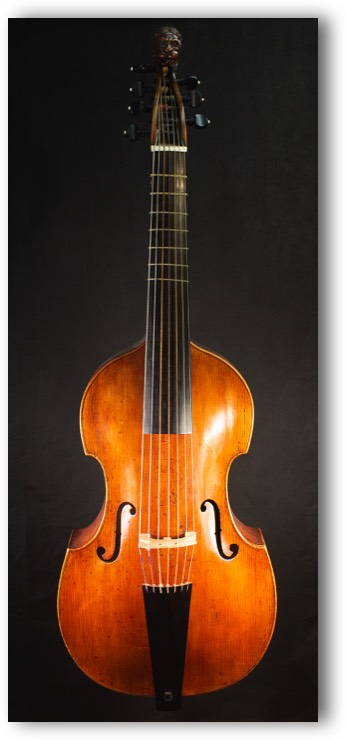
prope Oenipontum 1673
The genius of Stainer shaped in wood. A combination of the virtues of the violin family and the viols. Resonance and precision.
Primarily for music of the second half of the XVII. Century from Italy, Austria and Germany. Also ideal for sonatas and cantatas by Buxtehude, for Johann Sebastian and Carl Philipp Emanuel Bach, for Graun, Abel and Schaffrath.
bow with clip-in frog

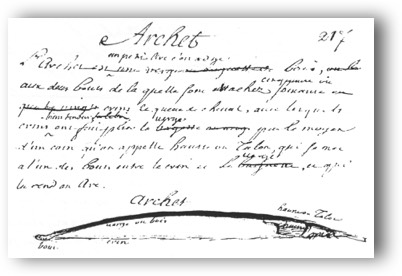
L´Archet est une verge du bois, aux deux bous de la quelle sont attachez cinquante ou soixante grins de queue de cheval, avec lesquels crins, bien tendu, on fait plier la verge par le moyen d'un coin qu´on appelle hausse ou talon, qui se met a l'un des bous entre le crin et la verge et qui le rend en Arc.
The bow is a stick made of wood, on the two ends of which 50 or 60 horse hairs are fastened; you bend the stick using an angled piece of wood called a frog, which you pinch between the hair and the stick at one end, thereby giving it the shape of an arch.
Gasparo da Salo
One of the few surviving string instruments from the end of the XVI. Century. Realizing that in Morocco - due to the tradition that has never been broken - wonderful thick gut strings are made, the instrument is entirely covered with bare gut strings that are not wound. The ideal partner for all improvisations and diminutions by Ortiz, Dalla Casa, Rogniono, Frescobaldi, Monteverdi and contemporaries.


Baryton
Copy after Daniel Achatius Stadelmann,
Bad Goisern - Wien, 2nd Quarter of 18th century.
The baryton lived as an extended viol to the XIX. Century. The six or seven bowed gut strings are extended by about ten resonance strings plucked synchronously with the thumb of the left hand. As a result, the instrument has a very rich, 'angelic' resonance and can accompany itself on solo pieces. Leopold Mozart in his violin school even describes the baryton as '... one of the most graceful instruments.'
Ideal for baryton octets, trios and solos by Antonio Vivaldi, Joseph Haydn, Carl Friedrich Abel, Andreas Lidl and Luigi Tomasini and from the Manuscript in the Monastery of Schlägl.
Arpeggione
Kopie nach Anton Mitteis,
Leitmeritz, 2nd Quarter of 19th century
In XIXth Century´s Vienna the guitar maker Stauffer did the same thing that had already happened in northern Spain at the end of the XVth century. He realised the beauty of a plucked instrument played with a bow and (re-)invented the bow guitar or "Guitar d'Amour". Franz Schubert composed one of his most beautiful works, the famous Arpeggione Sonata for that instrument.
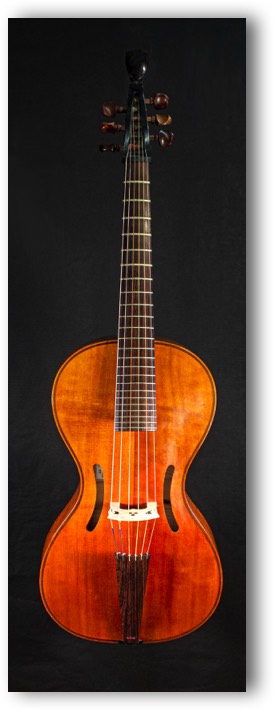
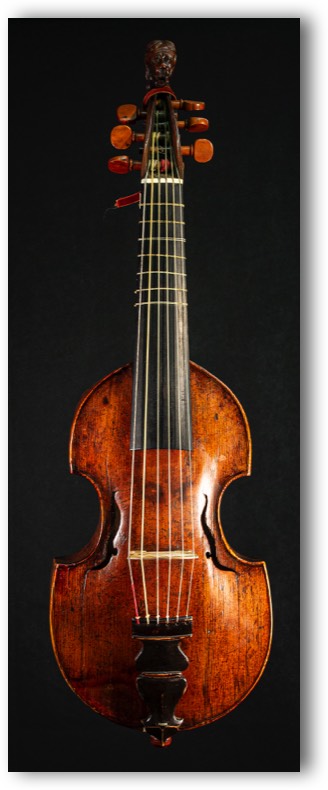
Wien 1718
The most famous Viennese court violin and lute maker made this discant viol, strongly influenced by Stainer. Its sweet, warm sound makes it the ideal partner for all consort literature.
Wenn Sie an Programmen / Präsentationen mit diesen Instrumenten interessiert sind
wenden Sie sich bitte direkt an uns
